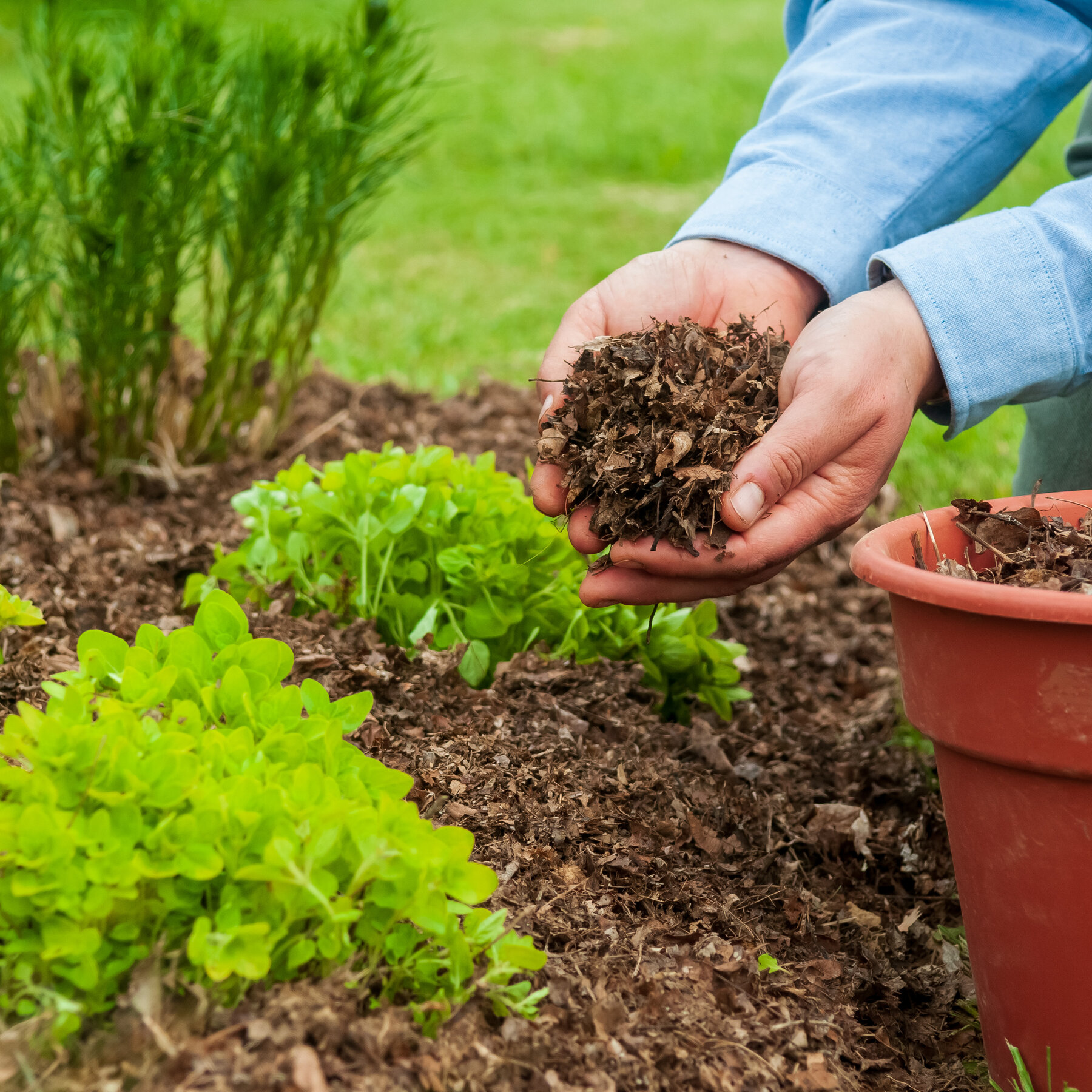Introduction
Adding mulch to your garden is a simple yet powerful way to improve plant health, conserve moisture, and reduce weeds. Whether you are a seasoned gardener or a beginner, understanding how to apply mulch correctly can transform your outdoor space. This article explores the benefits of mulching, the best materials to use, and step-by-step guidance on how to add mulch effectively to your garden beds.
Why Add Mulch to Your Garden?
Mulching offers several important benefits that contribute to a thriving garden:
- Moisture retention: Mulch reduces evaporation, keeping soil moist longer and reducing the need for frequent watering.
- Weed suppression: A thick layer of mulch limits sunlight, preventing weed seeds from germinating.
- Temperature regulation: Mulch insulates soil, protecting roots from extreme heat and cold.
- Soil improvement: Organic mulches break down over time, enriching soil with nutrients and improving structure.
- Erosion control: Mulch helps keep topsoil in place during heavy rain or wind.
These benefits make mulch an essential component of sustainable gardening practices.
Choosing the Right Mulch for Your Garden
Selecting the appropriate mulch depends on your garden’s needs, aesthetic preferences, and budget. Common mulch types include:
Organic Mulches
- Wood chips and bark: Long-lasting, ideal for trees and shrubs; they slowly decompose to add organic matter.
- Straw or hay: Great for vegetable gardens but may contain seeds; use weed-free varieties.
- Compost: Adds nutrients directly to the soil but may require replenishing more often.
- Grass clippings: Readily available but should be applied in thin layers to avoid matting.
Inorganic Mulches
- Rubber mulch: Durable and good for playground areas but doesn’t add nutrients.
- Gravel or stones: Useful for pathways and xeriscaping but can retain heat.
For most garden beds, organic mulches are preferred due to their soil-enhancing properties.
How to Add Mulch to Your Garden: Step-by-Step Guide
- Prepare the garden bed: Remove weeds, debris, and loosen the soil surface to encourage root growth.
- Water the soil: Moist soil helps mulch settle and prevents plants from drying out.
- Apply mulch evenly: Spread a 2 to 4-inch layer of mulch around plants, keeping it a few inches away from stems and trunks to prevent rot.
- Maintain the mulch: Check mulch depth regularly and replenish as it decomposes to maintain effectiveness.
Expert Tip: Avoid piling mulch directly against plant bases as this can cause fungal diseases and pest problems.
Common Mistakes to Avoid When Mulching
- Over-mulching: Applying too thick a layer can suffocate roots and attract pests.
- Using mulch with weed seeds: Opt for certified weed-free mulch to reduce weed problems.
- Ignoring soil moisture: Mulch doesn’t replace watering; monitor soil moisture regularly.
Real-World Impact: Case Studies
Research from university extension programs confirms that mulched gardens use up to 50% less water and show a 30% reduction in weed growth compared to unmulched beds. Gardeners report healthier plants with stronger root systems and less disease occurrence when mulching is properly implemented.
Conclusion
Adding mulch to your garden is a practical, cost-effective way to promote healthy plants, conserve water, and reduce weeds. By choosing the right mulch type and applying it correctly, you create a thriving garden environment that supports plant growth and soil health. Start mulching today to experience these benefits firsthand and enjoy a more sustainable gardening practice that saves time and resources.
